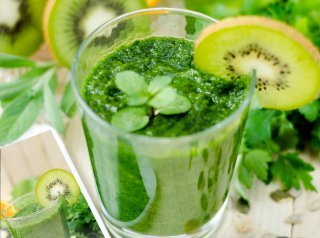Page Content
A Beginner’s Guide to CBG: The Mother of the Cannabis Family
Anyone familiar with cannabis must have heard about CBD (cannabidiol) and THC (tetrahydrocannabinol) and their effects on the human mind and body. But do you know there are several other elements in cannabis?
And this brings us to the lesser-known cannabinoid called CBG (cannabigerol). However, not abundantly found in many strains, CBG is nonetheless worth knowing about for many reasons. In Canada and other parts of the world, where people are reaping the health benefits of medicinal marijuana — CBD enthusiasts are now shifting towards CBG for its improved efficiency and multiple health benefits for the consumer.
In this post, you will learn about CBG and how it’s the mother of the cannabis family is making its mark in the world of medicinal marijuana. Further, you will learn how it can assist you in enhancing your wellbeing.
Let’s begin with answering the question:
What Is CBG All About and What Makes it So Special?
With over 100 million cannabinoids, CBG is one of the exclusive cannabinoids found in cannabis flowers. According to various reports, it was first isolated in 1964, but research into it only began a few years ago. Consequently, cbg canada is most famous for its isolated form, since it is a lot easier to consume. While some would say the research on CBG is fairly in its infancy, the good news is that everything researchers are finding is showing a lot of promise. There is concrete evidence to support the fact that CBG has antidepressant, antibacterial and anticancer properties. And many cannabis and health enthusiasts are excited about it because it has the same advantages as THC, but without making consumers feel “high.”
Additionally, by many health experts, CBG is considered to be the “The Mother” of all cannabinoids, because, in its acidic form CBGA, it’s the parent of all cannabinoids found in the cannabis plant. When the marijuana plant grows, CBGA parts into three main cannabinoids, THCA, or tetrahydrocannabinol acid, CBCA or cannabichromene, and CBDA, or cannabidiolic acid. Only after the chemical process of decarboxylation do we get CBG from CBGA, CBD comes from CBDA and THCA finally becomes THC. Moreover, just like CBD, CBG also comes in many forms such as oil and isolate. And when CBG gets inside your body, it connects to the cannabinoid receptors present in your brain — mainly, the CB1 and CB2 receptors. Additionally, CBG may also stimulate the receptors of inflammation, pain, and heat sensitivity.

To Sum it Up
For all these reasons, cannabis enthusiasts can no longer ignore the presence of CBG. Just like the better-known cannabinoids, CBD and THC have earned a reputation among traditional alternative treatment methods that heals your mind and body naturally — CBG is bound to do the same.
As research continues to unleash the medicinal advantages of uncommon compounds in the plant, producers will soon find more ways to elevate the herb’s healing powers. And if you are looking for ways to enhance your well-being with a new and refined CBD substitute, but do not want to compromise with the experience of healing yourself naturally — CBG has a lot to offer for your mind and body.





